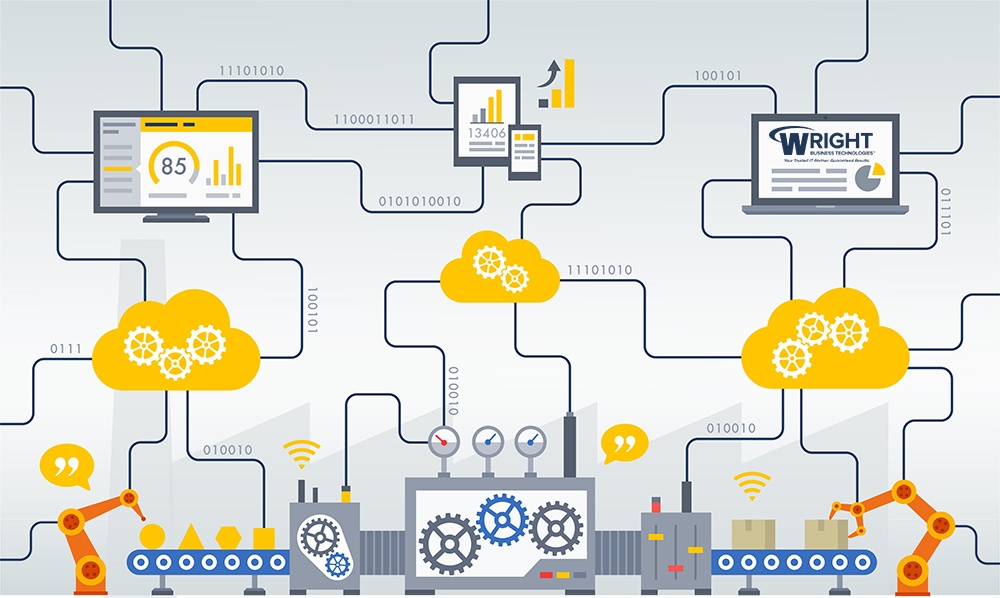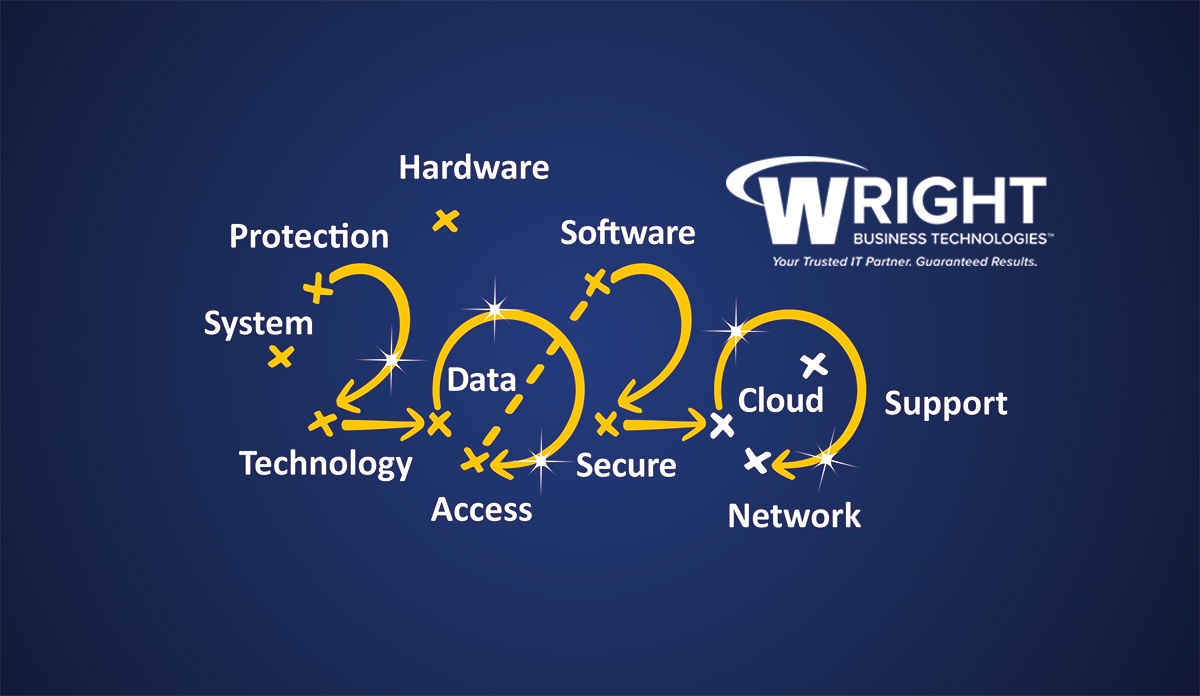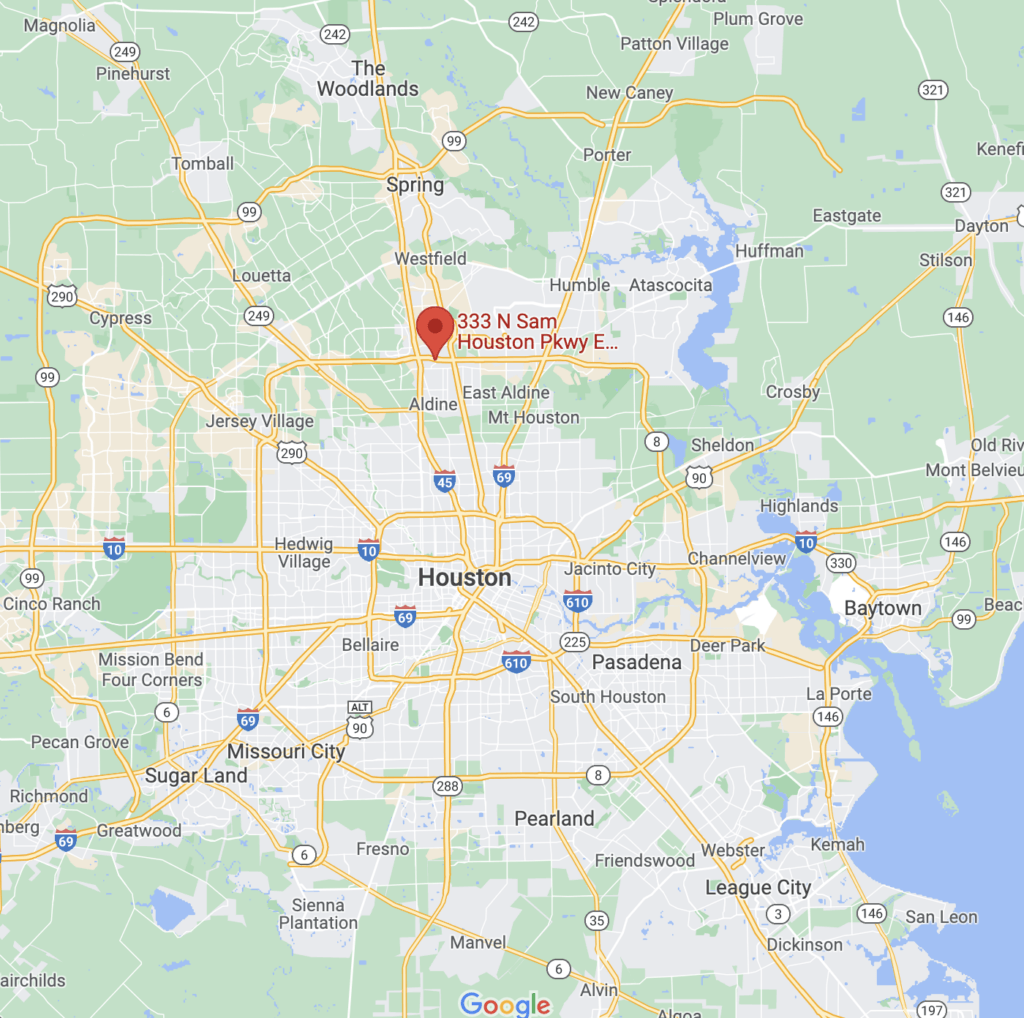What is Enterprise IT Infrastructure and IT Infrastructure Management?
When most people envision “infrastructure,” they think of highways, bridges, railroads, and other forms of physical transportation infrastructure crucial for modern life. Imagine, for example, life without roads. Or, imagine living in a city with no sewage infrastructure, no indoor plumbing, and no electrical lines to bring electrical power from the power plant to your home. Infrastructure is what makes modern life possible. It is the underlying physical framework of society and consists of the fundamental facilities, equipment, and systems necessary to allow advanced societies to function.
However, infrastructure isn’t only about roads, telephone lines, and cell phone towers. Information technology (IT) also requires infrastructure to operate in the form of IT infrastructure.
Broadly defined, information technology (IT) infrastructure is simply the sum of all the components, such as personal computers, servers, and networks, that form the basis of and are required to run a business’s IT services. Typically, IT infrastructure refers to hardware, software, and network components. The term can encompass all of the technology that makes business possible in the modern era.
Enterprise IT Infrastructure Examples
I am text block. Click edit bua
In the context of a company, IT infrastructure is often referred to as “enterprise IT infrastructure”. This refers exclusively to the physical devices, software, and networks required to run a business or enterprise. For example, the IT infrastructure of a company may include physical servers, high-speed internet connections, cloud computing processes, as well as personal computing devices and enterprise software.
Common examples of what constitutes enterprise IT infrastructure include:
- Physical servers
- Data centers
- Personal computers
- Enterprise software
- Communication devices & equipment
- Internet connection
- Network components
- Cloud systems
- Customer relationship management (CRM) systems
tton to change this text. Lorem ipsum dolor sit amet, consectetur adipiscing elit. Ut elit tellus, luctus nec ullamcorper mattis, pulvinar dapibus leo.
Why Does IT Infrastructure Matter?

Today’s businesses rely heavily on IT services to meet client expectations and business goals. More importantly, enterprises with efficient and well-run IT infrastructure are able to realize a real and tangible competitive advantage over companies that are slow to adapt to changing IT norms and consumer expectations. For example, companies and organizations that were first able to collect and also parse internet data gained a significant leg up compared to their competitors. Netflix, for example, which has a user base of over 100 million subscribers, was able to leverage their exclusive access to a vast reservoir of user data to generate a better user experience and inform the development of future content. While Netflix is now facing stiffer competition as other content providers start to catch up, they still remain the industry leader thanks to the initial investment they made in the infrastructure necessary to mine Big Data.
Failing to invest in IT infrastructure can have hugely negative results. For example, nearly half of all consumers expect a webpage to load in 2 seconds or less. Websites that take longer than 2 seconds to load experience a dramatic dropoff in page views and, ultimately, sales conversions. That’s a big deal if you’re a consumer-facing business. That’s also a big problem if you are a business that sells to other businesses as well. Each one second of delay on a B2B website can slash sales conversions by as much as 7 percent. It is absolutely essential for enterprises to have an efficient and reliable backbone of IT infrastructure in order to support their core business functions.
Reasons to invest in efficient and reliable IT infrastructure:
- Provides a tangible competitive advantage
- Avoid lost sales conversions
- Meet consumer expectations
- Deliver better services or products
- Maintain and enhance productivity
- Enhanced enterprise cybersecurity
- Reduced business lag time
- Minimize downtime & disruptions
Enterprise IT Infrastructure Management

Like physical infrastructure such as bridges, IT infrastructure also requires careful maintenance and monitoring to ensure peak efficient performance. Not to be confused with IT Management, IT Infrastructure Management (ITIM) refers exclusively to the monitoring, maintenance, and overall management of the underlying systems necessary for your IT services to run smoothly. Yes, ITIM often entails the physical maintenance and repair of physical devices and equipment, such as cables, computers, and hard drives. However, ITIM is much deeper and more involved than rebooting buggy software from time to time. In fact, ITIM is actually highly involved and will continue to grow more and more complex as technology, and the infrastructure necessary to support advanced technologies, continues to advance by leaps and bounds.
At its core Infrastructure Management (ITIM) is about integrating all your disparate bits and pieces of IT into a comprehensive whole that works toward your business goals. That means everything from servers to mobile devices should be part of an integrated and secure system dedicated to running your business.
In reality, this is actually quite difficult to achieve. Legacy software, cybersecurity loopholes, and disparate operating systems, just to name a few issues, can often throw a wrench in a business’s IT infrastructure. Even something as basic as interoperability between MAC devices and PC devices can result in severe business delays and extensive technical workarounds. ITIM is all about planning ahead and avoiding those potential problems. It encompasses long term IT strategy as well as the more mundane day-to-day tasks such as infrastructure maintenance and monitoring. With a strong ITIM strategy in place, businesses can hope to minimize tech-driven downtime, maintain a competitive advantage over their rivals, and boost productivity and profit.
IT Infrastructure Management (ITIM) includes:
- Hardware & software maintenance (i.e. servicing, updating, etc.)
- Asset lifecycle planning
- Data storage capacity and planning
- Networks management and monitoring
- Physical asset strategy
- Virtual asset strategy
- Data protection and security
- Connectivity management
- Communication systems management
Managed IT Services Provider (Third-Party Managed IT Infrastructure)
Due to the complexity of modern IT infrastructure, efficient and effective management can be quite difficult. Even small businesses often rely on extensive IT services and infrastructure in order to function, such as IoT-capable devices, CRM software, and real-time point of sale loyalty rewards systems. Medium and large businesses have even more complex IT services pipelines and infrastructure. Add to that multiple office locations, remote employees, cloud systems, off-site servers, and new technologies, such as 5G, which require new infrastructure, and it becomes quite clear that many businesses need help managing all the various parts and pieces.
Integrating all these separate systems and chunks of IT infrastructure into a single, unified, and efficient engine for business growth isn’t easy. That’s where third-party Managed IT Services providers (MSPs) come in. MSPs provide expert IT services and infrastructure management where and when it is needed. MSPs help companies to manage their IT infrastructure efficiently and cost-effectively, allowing enterprises to focus on their core business demands.

